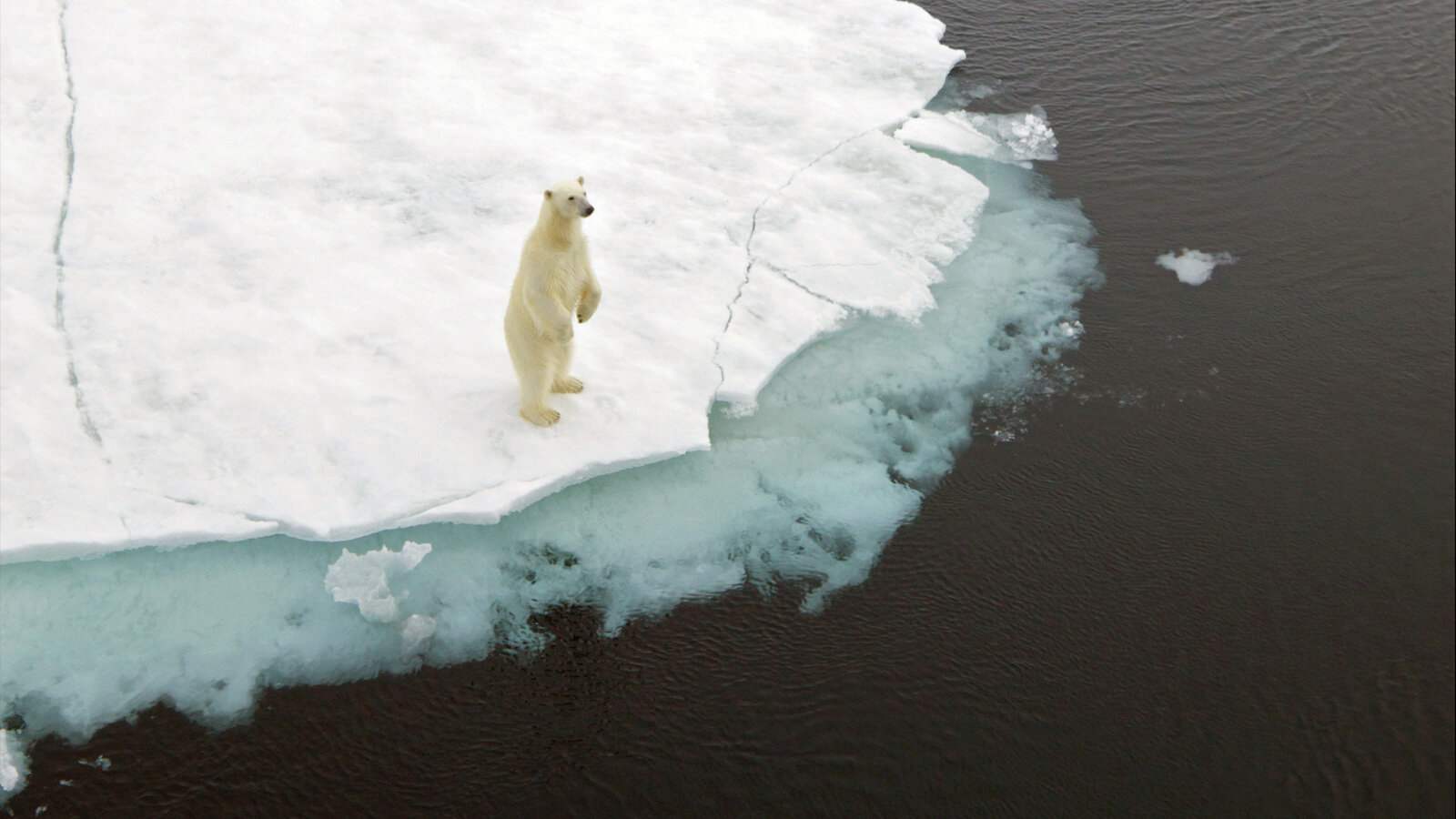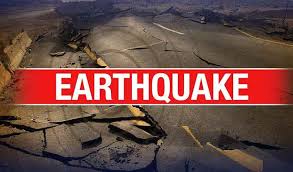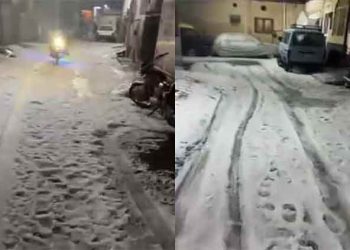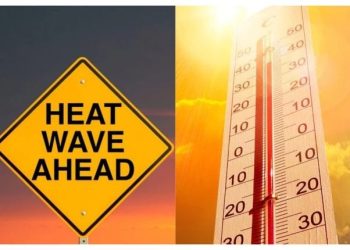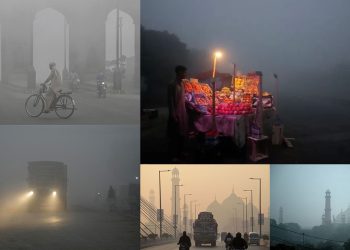During the 1980s, polar bear biologist Andrew Derocher never observed weak, emaciated bear cubs walking along the shores of Canada’s frigid Hudson Bay. Starting around 2000, he sometimes spotted malnourished polar bear cubs “in a walking dead state.”
“They were simply walking skeletons,” Derocher, a professor at the University of Alberta, said. Since the nineties, the Western Hudson Bay polar bear population, one of 19 subpopulations, has dropped by 30 percent. The ebb and flow decrease of polar bear populations in some arctic regions. Arctic sea ice is in sharp decay, and bears need sea ice to hunt seals. However, research published in the Monday journal where Climate Change identifies how long polar bears can survive in different Arctic regions before their populations start falling, perhaps rapidly.
“It has been clear for quite a long time that polar bears are going to suffer immensely under climate change, but it was not clear when we would start seeing,” said Péter Molnár, an ecologist. As the planet heats up in the coming decades and beyond, the researchers found that under a warming scenario where greenhouse gas emissions moderately fall (starting around mid-century), 10 of the 19 polar bear subpopulations are still likely or very likely to suffer “reproductive failure” by 2080. Reproductive failure is the point where the survival of cubs is dramatically reduced, largely because their mother runs out of energy to nurse her helpless cubs.
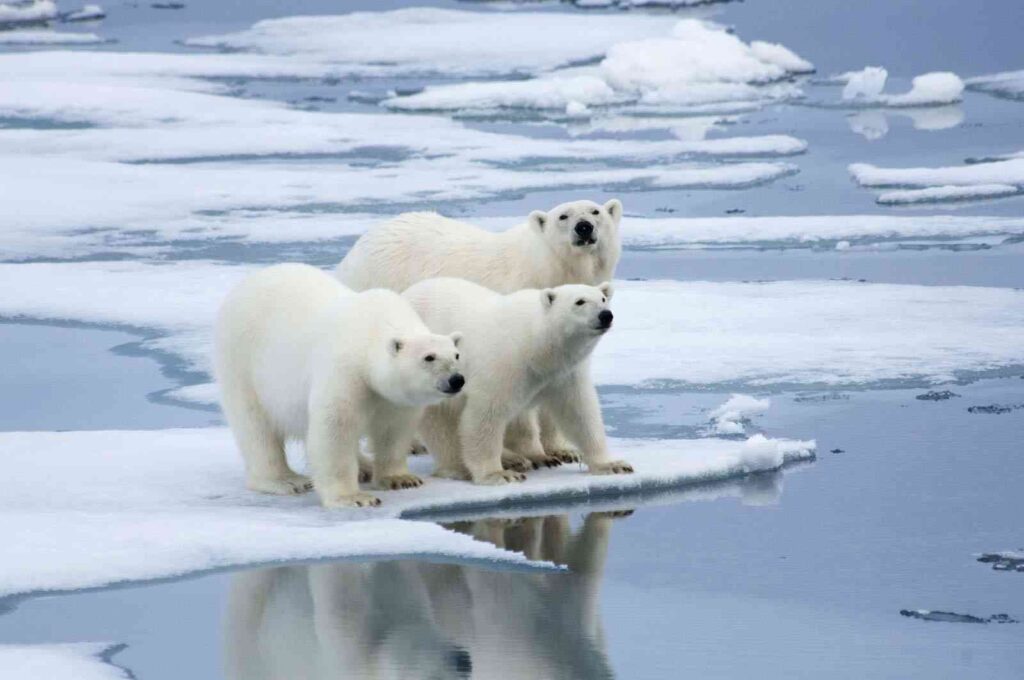
Scientists have a good understanding of how long polar bears can fast before their fat stores deplete and they can’t survive or support cubs. Bears typically go through fasting periods each summer as sea ice declines and finding food becomes difficult. They can store food, and they can only use that fat for so long,” he said. Polar cub bears might still be born in struggling populations, but if they can’t survive, the population will diminish, and perhaps disappear. It’s already starting to happen
Though many polar bear populations might still be saved from depletion — if humanity slashes carbon emissions, that is — the data spells a dark future. Arctic sea ice is plummeting.
